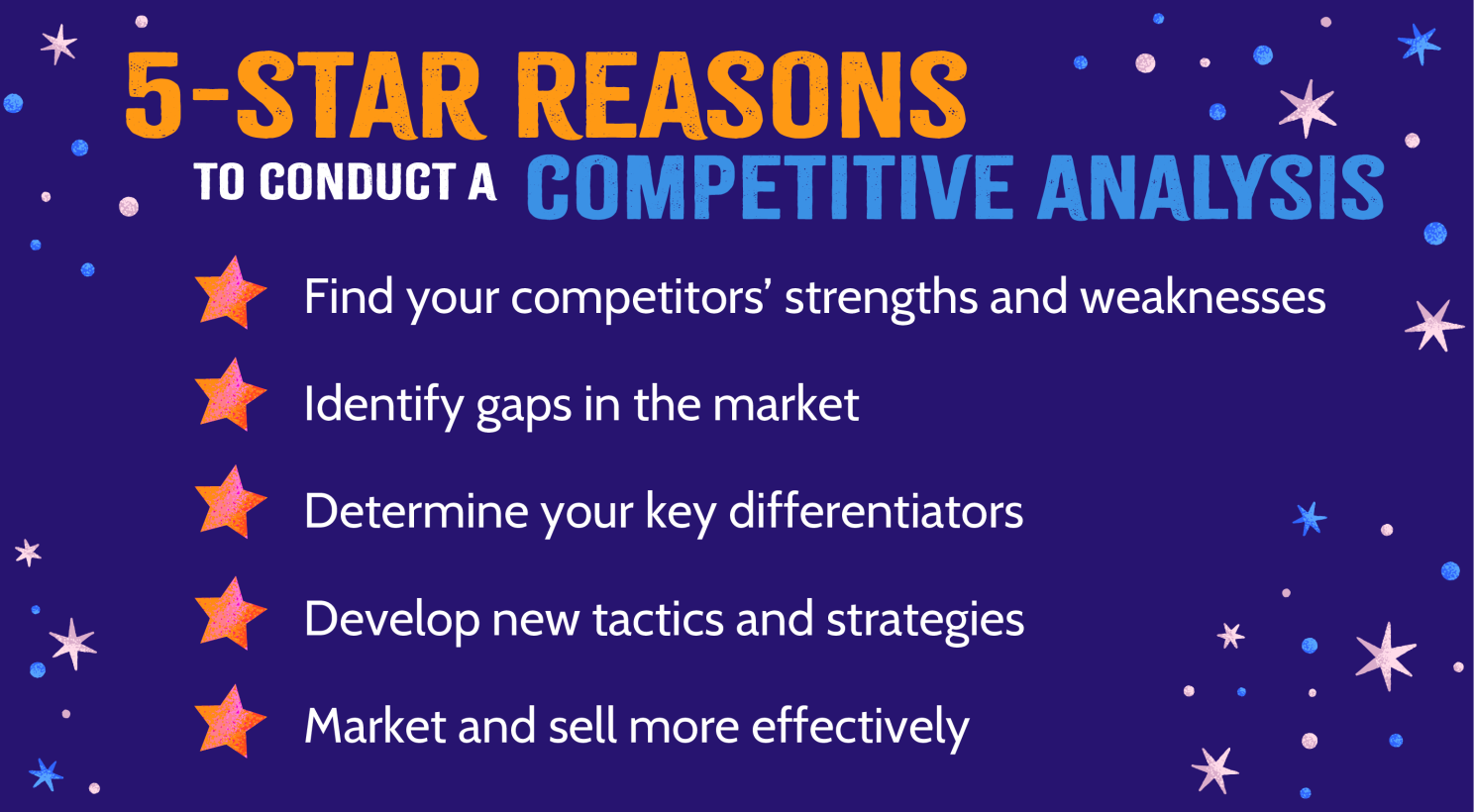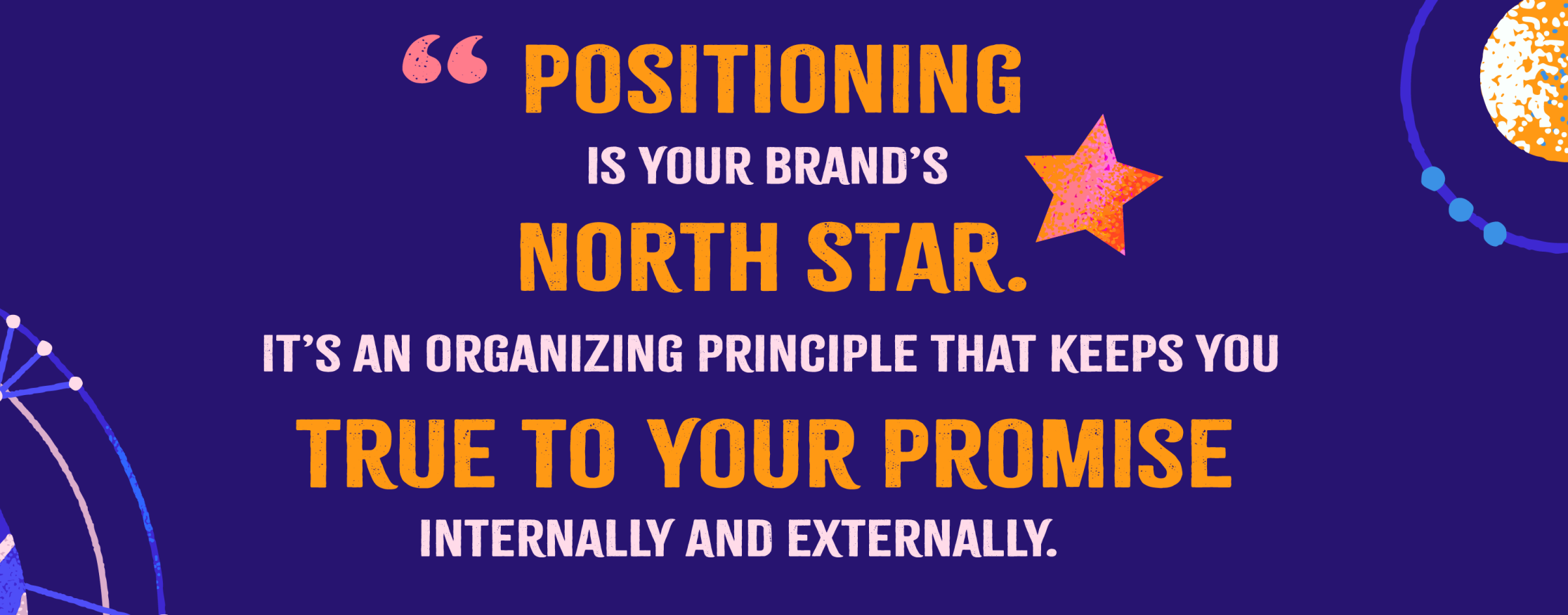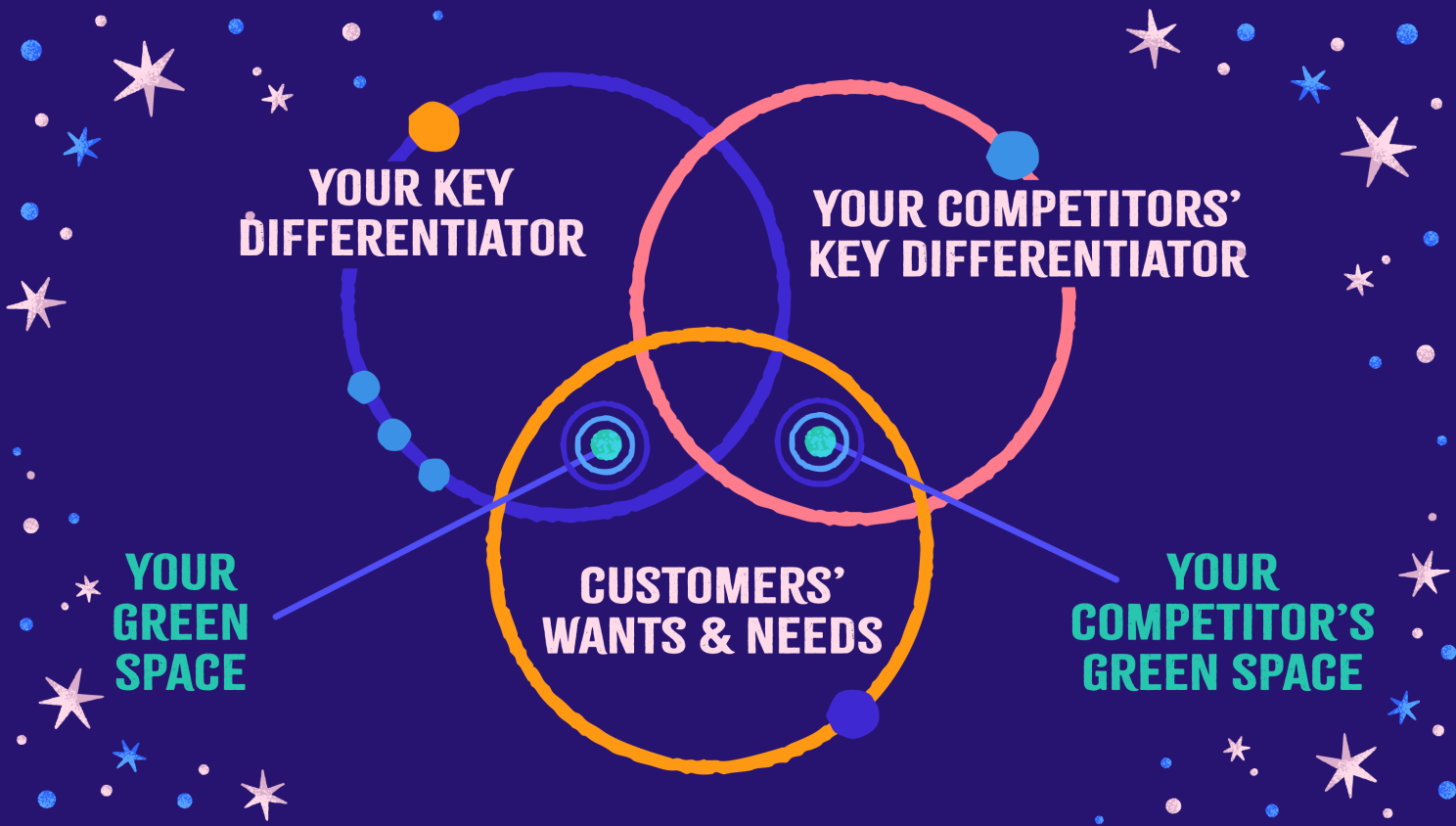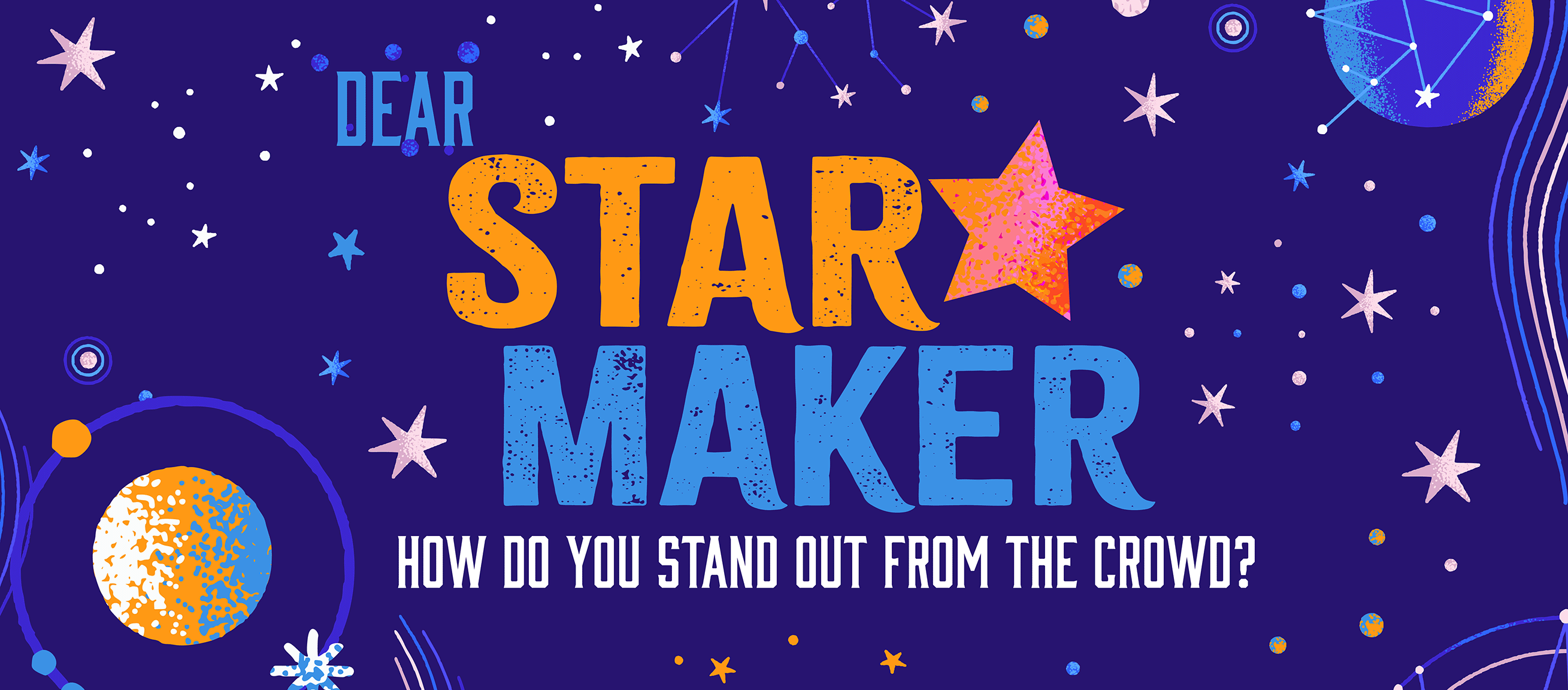
Begin by compiling a list of your competitors.
First, determine who you want to include in your competitive set. Consider both direct and indirect competitors, being sure to include all the major players, not just an arbitrary few. It’s always wise to include at least one aspirational competitor. And don’t forget to include yourself!
Now start identifying your sources.
A wealth of primary and secondary research is available to you, including competitive websites, social media feeds, annual reports, trade magazines, trade association data and surveys conducted by market researchers, such as Cerulli Associates and McKinsey. You may also want to consider conducting your own primary research if the data you seek is not available elsewhere.
Develop the marketing attributes you want to assess.
When conducting competitive audits, we vary the marketing criteria and questions to align with our clients’ objectives and goals. Similarly, your assessment criteria will depend on your unique needs. The following attributes provide a good starting point for most brands.
⭐ Firm Positioning
What spaces do your competitors occupy in the mindsets of clients and prospects? Answering this will require a full assessment of the attributes specified below before you can deduce your competitors’ positions. This is an essential question to answer because positioning is always oppositional. How you differentiate and present your firm to the world is dependent upon how your competitors do the same. Finding the green space can be a bit tricky, but when you follow the competitive research and stay true to yourself, your positioning will reveal itself.

⭐ Firm Tagline
A tagline is the external expression of a firm’s positioning. Do your competitors have one? Generally displayed along with the logo, a tagline gives you – in just a few words – real insight into the promise and personality the organization wants to project. What do your competitors’ taglines say about them? Based on that, what do you want your tagline to say about you?
⭐ Key Messaging
An organization’s key messaging offers great clues into brand positioning. What key thoughts are your competitors communicating about their firms? About their offerings? Is the messaging substantially different for each competitor? Or are you finding a “sea of sameness?” This is not uncommon among competitors with very similar product offerings or those with a reluctance to push the creative envelope with their messaging. In either case, this is a prime opportunity for you to step out of the crowd with a highly differentiated positioning and story.
⭐ Key Differentiator
Based on everything you’ve analyzed, how does each firm differentiate its offerings from a marketing perspective? What qualities are they hanging their hats on? It might be integrity, pricing, breadth of product, thought leadership, customization, innovation, the target audience they specialize in, or any number of other points of differentiation. Knowing your competitors’ key differentiators – and your own – will help you point your positioning and your messaging in the right direction.
⭐ Digital Experience
Take notice of how your competitors are employing the digital landscape to activate their brands. How are they using social media to engage with their audiences? How functional are their websites? Having an easy-to-use, robust website and on-point social media presence can be a powerful differentiator and a great way to stand out. Review the specific tools, portals and functionality your competitors are offering clients online and see if that spurs any inspiration for your digital offerings.
⭐ Insights Program
Thought leadership can be a strong way to distinguish a brand. Check out the insights program of each competitor if they have one. If the program is branded and well-integrated into the overall firm messaging, this is likely one of their key differentiators. This knowledge will help you steer the direction of your brand, while providing insights into how other firms approach thought leadership programs.
⭐ Brand Identity/Consistency
Brand identity represents the visible components of a brand, such as color, design and logo that distinguish the brand in consumers’ minds. Do your competitors maintain a distinct identity uniformly applied across all marketing? Consistency in brand identity goes a long way to building awareness and, ultimately, engagement.
⭐ Brand Tone
A brand’s tone is the way it conveys its messaging to an audience through attitude and word choice. It’s a reflection of an organization’s culture and how it wants to be perceived by the target audience. Tone is another pivotal way to differentiate your brand, so consider how your competitors “speak” as you develop your own voice.

Having reviewed all the research, you’re ready to reimagine!
Now it’s time to utilize the results to develop a unique positioning and brand outreach that generate immediate awareness and set you apart. While defining your brand positioning isn’t easy, a competitive analysis eliminates the guesswork, uncovering gaps and opportunities for, perhaps, differentiating your firm in a new way, targeting a new audience, or creating new tools or programs to engage with clients.
It’s true that research comes with a cost and may slow your go-to-market strategy just a bit. However, companies that forgo a competitive analysis often wind-up looping back for the strategic direction only research can bring. Once armed with that powerful strategic guidance, the possibilities for enhancing your market strategies and business success are infinite … like the stars.





